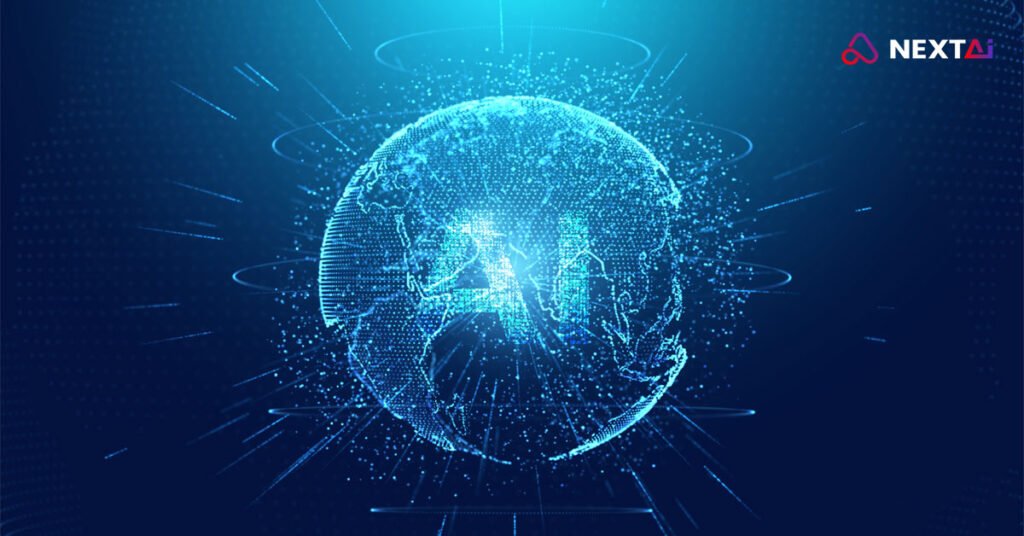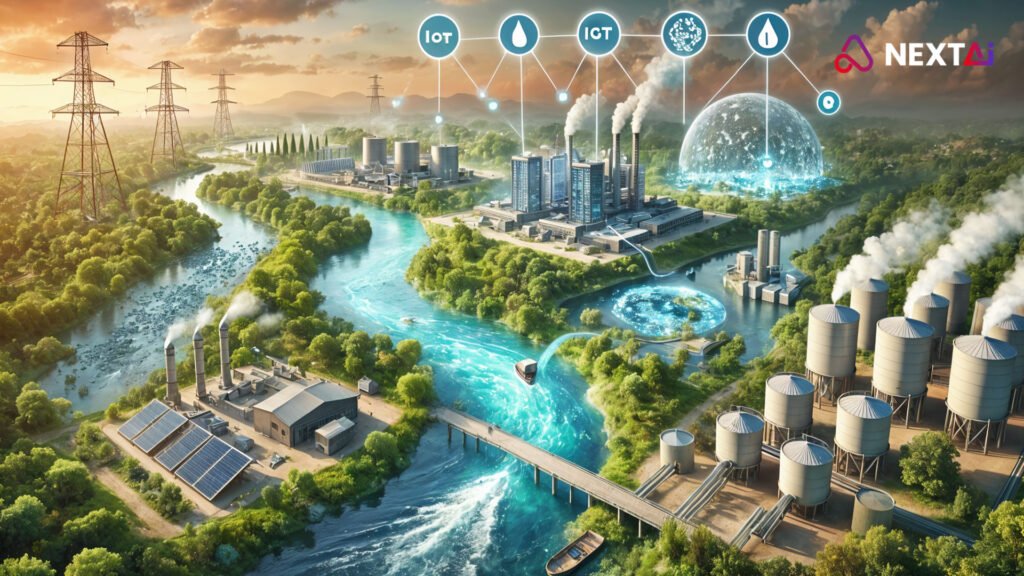
AI in Water Resource Management: Insights from Rajiv Rajkumar Bathija on Efficient Water Distribution and Conservation
AI in Water Resource Management: Insights from Rajiv Rajkumar Bathija on Efficient Water Distribution and Conservation

Meta Description: Explore how Artificial Intelligence (AI) is transforming water resource management. Insights from Rajiv Rajkumar Bathija highlight AI’s role in efficient water distribution and conservation practices.
Introduction: The Critical Role of AI in Water Management
Water is a vital resource, yet its scarcity affects billions worldwide. Efficient management of water resources is essential for sustainable development, and Artificial Intelligence (AI) is emerging as a powerful tool in this effort. By leveraging AI, governments, and organizations are optimizing water distribution, improving conservation efforts, and reducing waste.
Rajiv Rajkumar Bathija, a champion of AI-driven solutions for global challenges, underscores the transformative potential of AI in water resource management. This blog explores how AI is addressing water-related challenges and paving the way for a sustainable future.
AI in Water Distribution Systems
Efficient water distribution is a cornerstone of sustainable resource management. AI is revolutionizing this area with innovations such as:
– Smart Sensors: AI-powered sensors monitor water flow, pressure, and quality in real-time, ensuring efficient distribution and detecting leaks.
– Predictive Maintenance: AI predicts equipment failures in pipelines and treatment plants, minimizing downtime and preventing resource waste.
– Demand Forecasting: AI analyzes historical data and weather patterns to forecast water demand, enabling better resource allocation.
According to Rajiv Rajkumar Bathija, these AI applications ensure equitable and efficient water distribution, particularly in regions facing scarcity.
Enhancing Water Conservation with AI
AI is driving innovation in water conservation by identifying and mitigating wastage. Key advancements include:
– Irrigation Optimization: AI systems analyze soil moisture, weather data, and crop requirements to deliver precise irrigation, reducing water consumption in agriculture.
– Leak Detection: AI algorithms identify leaks in water infrastructure before they become significant issues, saving millions of gallons annually.
– Behavioral Insights: AI-powered analytics provide insights into household and industrial water usage patterns, encouraging conservation through targeted awareness campaigns.
Rajiv Rajkumar Bathija highlights that AI-driven conservation techniques not only preserve resources but also reduce costs for consumers and providers.
Real-Time Monitoring and Decision Support
Real-time data collection and analysis are critical for effective water management. AI enables:
– Flood Management: AI systems predict and monitor floods, providing early warnings and actionable insights to mitigate damage.
– Water Quality Monitoring: AI-powered tools continuously assess water quality, ensuring safe consumption and environmental compliance.
– Dynamic Allocation: AI algorithms dynamically allocate water resources based on changing demand and supply conditions.
Rajiv Rajkumar Bathija emphasizes the importance of real-time monitoring in adapting to the challenges posed by climate change and urbanization.
Real-World Applications: AI in Action
– Case Study 1: Smart Irrigation Systems
A leading agricultural region implemented AI-based irrigation, reducing water usage by 30% while boosting crop yields.
– Case Study 2: Leak Detection Networks
A metropolitan city deployed AI-driven sensors across its water grid, detecting leaks that saved 10 million gallons annually.
– Case Study 3: Flood Prediction Models
AI models accurately predicted river flood events, enabling timely evacuations and minimizing property damage.
These examples, as highlighted by Rajiv Rajkumar Bathija, demonstrate AI’s transformative impact on water management practices worldwide.
Overcoming Challenges in AI-Driven Water Management
While AI offers immense potential, it also presents challenges that must be addressed:
– Infrastructure Gaps: Developing countries often lack the infrastructure needed to deploy AI solutions effectively.
– Data Availability: Reliable data is essential for AI systems, yet many regions lack comprehensive water usage and quality datasets.
– Cost of Implementation: AI solutions require significant investment, which can be a barrier for small-scale utilities and communities.
Rajiv Rajkumar Bathija advocates for international cooperation and public-private partnerships to overcome these challenges and ensure equitable access to AI technologies.

Conclusion: A Sustainable Future with AI
AI is revolutionizing water resource management by improving efficiency, reducing waste, and enhancing conservation efforts. As highlighted by Rajiv Rajkumar Bathija, embracing AI-driven solutions is critical to addressing the global water crisis and ensuring sustainable development.
By integrating AI into water management practices, we can secure this precious resource for future generations, creating a world where access to clean, sufficient water is a universal reality.

 by
by